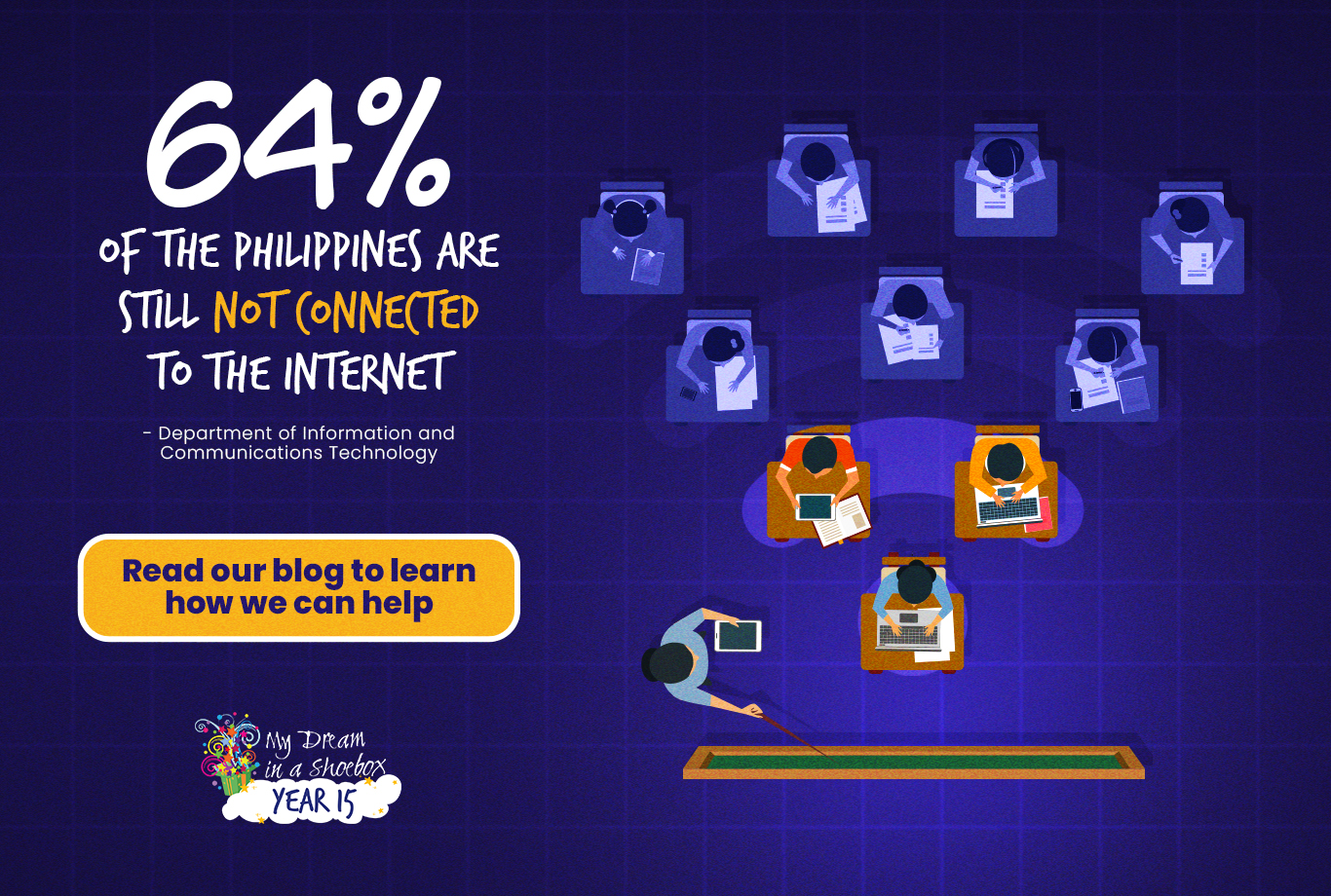What are the Effects of Slow Internet Connection on Students

In a time when technology is almost embedded in society, the importance of a reliable internet connection cannot be overstated. But the internet isn’t just a playground for funny videos, memes, and stanposting; it’s rather an extensive library of educational resources.
Students in the Philippines-like many others globally-face the detrimental effects of slow internet connections, hindering their academic progress and personal growth. It’s important to shed light on this matter because, as society advances technologically, we can’t let our dear students be left behind.
The Digital Divide
A high-speed internet connection opens up a world of information, facilitates seamless communication, and provides access to online resources. It is a tool that enables students to explore beyond the confines of traditional learning. However, the slower this tool becomes, the educational benefits it possesses diminish and transform into a roadblock.
Many would argue that learning traditionally is much more efficient than using technology, only for it to be unreliable.
On a larger scale, internet access has become synonymous with opportunity. Unfortunately, not all students in the Philippines have equal access to a stable internet connection. Rural areas, in particular, face infrastructural limitations, leaving students grappling with slow or intermittent internet services.
According to research by the Department of Information and Communication Technology (DICT), 64% of the Philippines are still not connected to the internet. This digital divide exacerbates the disparities in the country, specifically in education, impacting the quality of learning for those who need it the most.
How Does a Slow Internet Connection Affect Students?
The implications of a slow connection go well beyond missed deadlines and incredibly long loading times. Let’s look at some of its effects.
- Limited Access to Learning Resources: One of the main effects of slow internet connections is that it restricts students from accessing online educational materials, hindering their ability to conduct research, complete assignments, and engage with multimedia content essential for a better learning experience.
- Disrupted Virtual Classes: The rise of online learning platforms has been rapid, especially during times of crisis. However, slow internet disrupts virtual classes, leading to laggy listening experiences, dropped connections, and a compromised overall learning environment. Students find it challenging to actively participate and concentrate, hampering their focus and academic performance.
- Impact on Collaborative Projects: Group assignments and collaborative projects are integral components of modern education. Slow internet hampers real-time collaboration, making it difficult for students to coordinate efforts, share files, and contribute effectively to team projects.
- Frustration and Demotivation: The constant struggle with lagging connections and buffering screens can erode motivation and sap the joy of learning, leaving students feeling frustrated and discouraged. The frustration of constant buffering, dropped connections, and the fear of missing out on vital information contribute to heightened stress and anxiety levels. This emotional burden becomes an added challenge, making it harder for students to focus and excel in their studies.
- Limited Collaboration and Networking: Technology promises faster networking and collaboration, but due to multiple factors, studying as an online learner can feel lonely.
Being in environments not designed for learning hinders the student’s ability to actively participate in online discussions, group projects, and collaborative initiatives. This lack of engagement not only affects their social and communication skills but also diminishes the overall quality of their education.
- Impacts on Timely Submission of Assignments: With online platforms becoming the primary mode of assignment submission, students face a race against time to upload their work before deadlines. Slow internet often leads to delays, affecting their ability to submit assignments promptly. This not only affects their grades but also instills a sense of frustration and helplessness.
How Can You Help?
As we went over the different factors of the effects of slow internet connection on students, it is crucial to recognize that this issue extends beyond the individual. It is a collective challenge that demands a collective solution.
Here are actionable steps we can take to alleviate this issue and empower the next generation:
Raise Awareness: The first step towards change is awareness. By understanding the challenges faced by students with slow internet, we can collectively work towards finding solutions by sparking conversations and contributing to a broader understanding of the issue. One of My Dream in a Shoebox’s advocacies is providing tools for education. We do that by partnering with Yellow Boat of Hope Foundation, Inc by helping build educational hubs (e-Hubs) for partner school communities. Each e-Hub is equipped with working laptops alongside stable internet access and printing solutions. You can contribute and help fund an e-Hub today by visiting: https://shoeboxcampaign.teamasia.com/donate/fund-an-e-hub/
Advocate for Improved Infrastructure: Advocate for improved internet infrastructure in underserved areas. Support initiatives that aim to bridge the digital divide and ensure that students in remote locations have access to reliable and high-speed internet. The more voices we have advocating for change, the more likely policymakers are to take action.
Support Educational Initiatives: Support organizations and initiatives that provide resources, including internet access, to students in need. By contributing to such causes, you become an integral part of the solution, helping students overcome the challenges posed by slow internet and empowering them to reach their full potential.
Want to Lend a Helping Hand?
My Dream in a Shoebox (MDIAS) in partnership with Yellow Boat of Hope Foundation, Inc. (YBH) is at the forefront of efforts to help provide Educational Hubs (e-Hub) which give adopted school communities working laptops equipped with stable internet access and printing equipment. This gives learners the capability to complete their modules and further advance their learning under the Department of Education’s (DepEd) blended learning approach. Teachers can also use these resources to print modules and prepare weekly lessons for their students.
By donating to MDIAS, you directly contribute to alleviating the challenges faced by students due to slow internet. Your support enables them to focus on their education, empowering them to reach their full potential.
Show your support, get involved, and donate today at https://shoeboxcampaign.teamasia.com/donate/

 facebook.com/mydreaminashoebox
facebook.com/mydreaminashoebox instagram.com/mydreaminashoebox
instagram.com/mydreaminashoebox